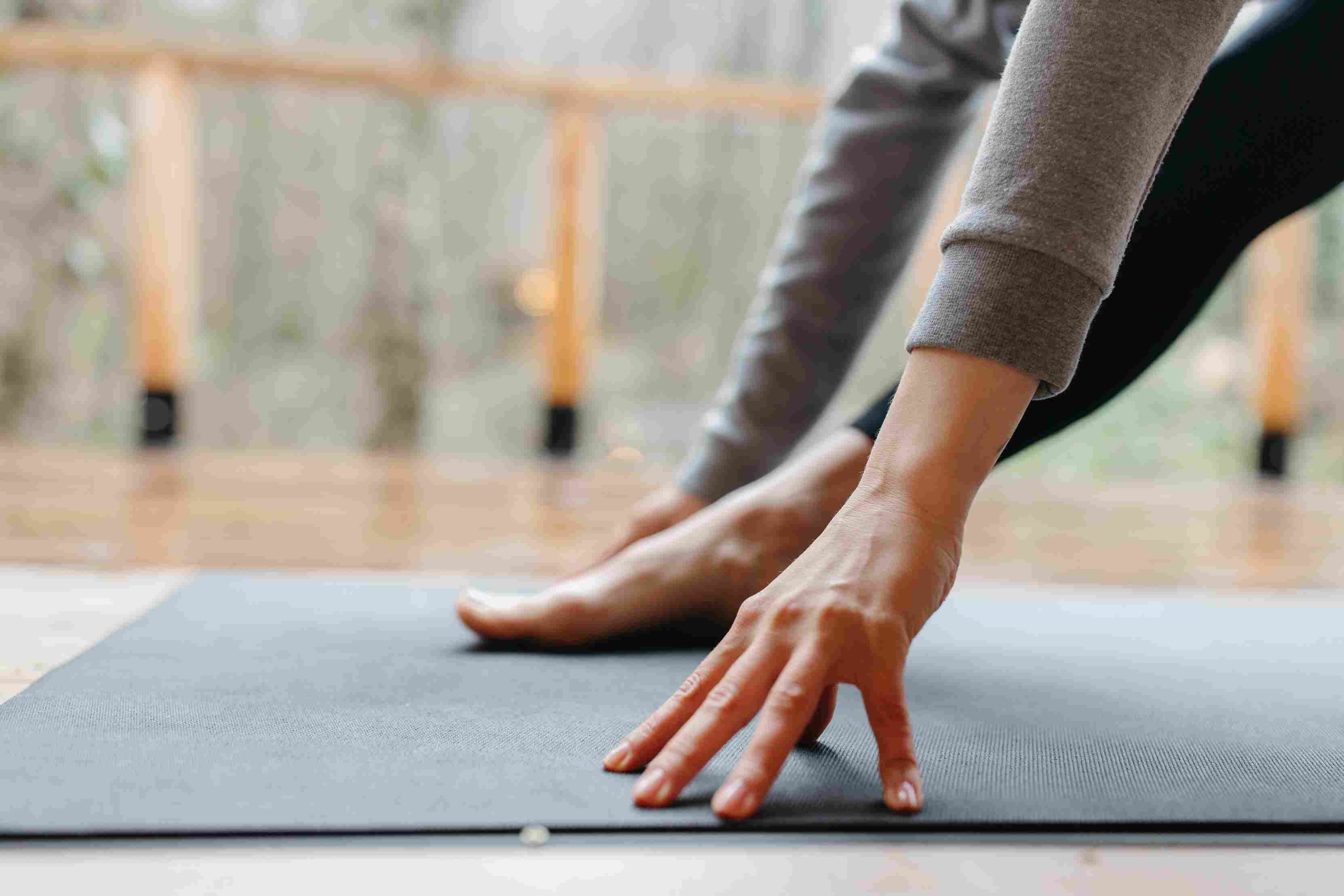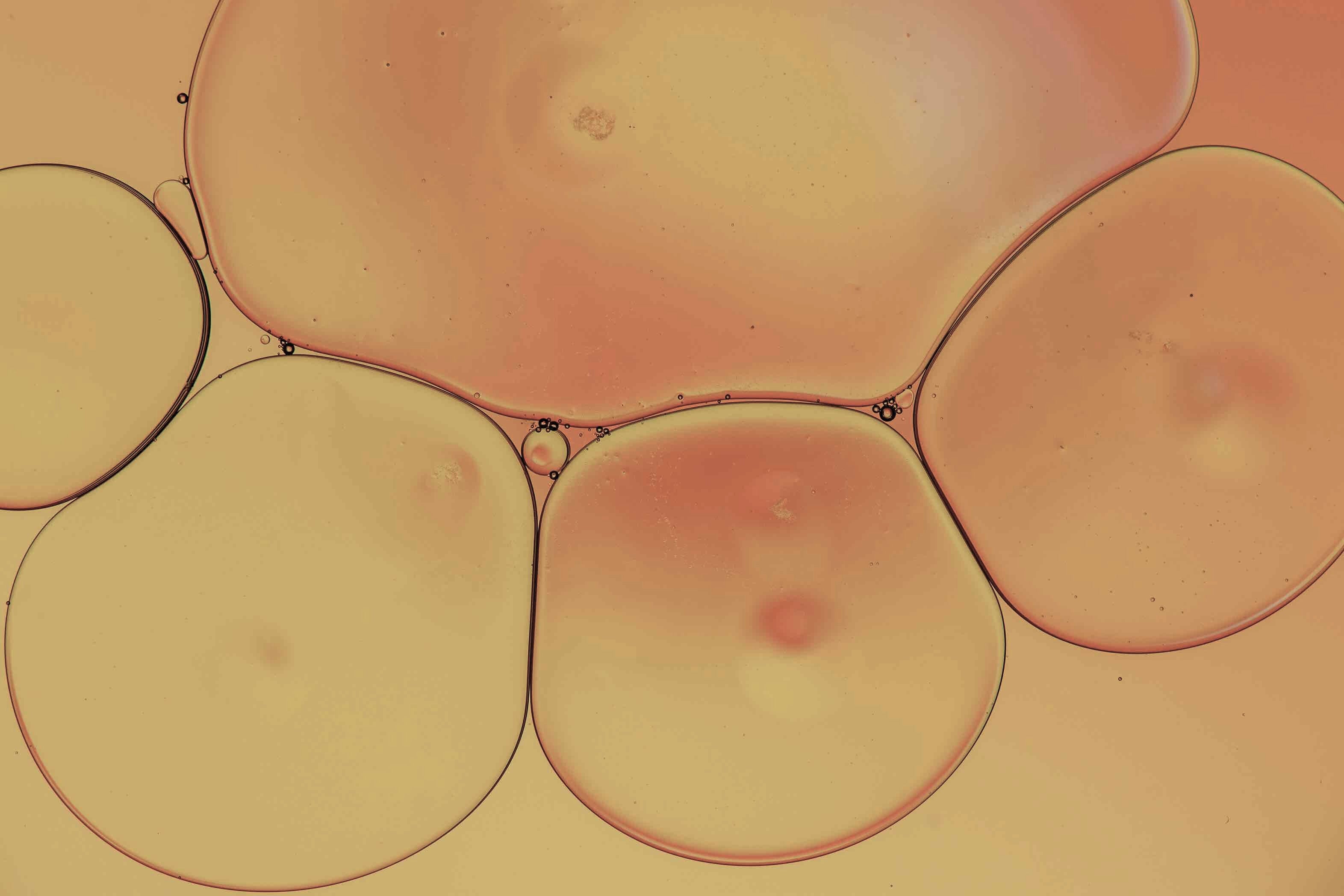
BEST LIFESTYLE HACKS FOR INJURY RECOVERY
While there are many practices you can include in your training regimen and lifestyle to prevent injuries, the risks persist just by being a physically active person. However, when injuries happen, you can implement the following strategies to make your recovery as fast and safe as possible.

SLEEP AND PAIN SENSITIVITY ARE RELATED
Sleep is crucial to athletes; thanks to different physiological systems, it helps the body repair the damage and fatigue accumulated during the waking period. Sleep duration recommendations are given according to age groups; for most healthy adults (ages 18 to 64), the advised amount is between 7 and 9 hours of sleep per night. Although there has yet to be a consensus on the ideal amount of sleep for athletes—especially during a competitive period—experts recommend a higher amount of sleep per night than the recommended for nonathletes [11].
In light of this, sleep extension has been studied for its muscular repair properties. Sleep extension can be defined as an increase in habitual total sleep time either in nighttime sleep, for example, going from 6-8 hours per night to 10, or by adding naps during the day.
Sleep extension could lead to better regeneration of a muscle injury due to the increase in the release of growth hormone and its related growth factor IGF-1 levels and possibly the control of local inflammation.
Apart from the effects of sleep on muscular regeneration and the decrease of inflammatory markers, a reciprocal relationship exists between sleep and pain. Pain disrupts sleep and sleep deprivation or disturbance increases pain. This vicious circle can thus delay the repair of the damaged muscle by limiting early muscle remobilization (the return to its normal state and ability to respond normally to further training) and preventing good sleep quality. Pain reduction through sleep interventions and their additional benefits on alertness, motivation and mood, may help elite and military tactical athletes be diligent in remobilization and medical treatment after muscle injuries and thus indirectly serve the recovery [4,5].

SPECIFIC NUTRITION MAKES A DIFFERENCE IN RECOVERY
Calories
An athlete's metabolic rate increases by approximately 15% to 20% after injury or minor surgery. This augmentation in energy needs is caused by the body's process of repairing the injured tissue. Major surgery can further increase these needs to around 50% more. Therefore, an athlete requiring 2,000 calories during a typical day with no training sessions could see their energy requirements increase to 2,400 calories after minor surgery. A helpful way for injured athletes to think about this is that they should eat less than they did when they had intense training but more than they would if they were completely physically inactive [7].
Protein
Injured athletes should aim for 1.5 to 2.0 grams/kilogram of body weight, higher than the usual 1.2 to 1.7 grams/kilogram for athletes and approximately 0.8 to 1.0 grams/kilogram for recreational exercisers. For example, a 150lbs (68 kilograms) athlete would require 102 to 136 grams of protein daily during healing from an injury [7].
Since most injured athletes significantly reduce physical activity levels, maintaining muscle mass while avoiding increasing body fat can become challenging. Research suggests that when recovering from an injury, one should focus on the amount, type, and timing of protein ingestion throughout the day to attenuate the loss of muscle mass and strength while stimulating muscle protein synthesis. This way, an 85-kilogram athlete consuming 140 to 185 grams of dietary protein per day (1.6–2.2 grams of protein per kilogram) should be spread equally throughout the day (i.e., 35–45 grams of protein per meal if the person eats 4 times a day). This timing underlines the importance of avoiding the typically low-protein breakfast/high-protein evening meal combination to gain maximum efficiency from daily dietary protein consumption [7,10,13].
Branched-chain amino acids (BCAAs) such as leucine, isoleucine, and valine are used clinically to boost healing after musculoskeletal injury or surgery. Studies have shown that BCAAs have a remarkable capacity to stimulate protein synthesis and inhibit protein breakdown that none of the other amino acids have. Of the BCAAs, leucine may be the most helpful and readily found in food such as chicken breast, lean beef, tuna, salmon, turkey breast, eggs, and peanuts [7,10]. One scoop of FLEXIBLE collagen supplement contains 2.88 g of bioavailable leucine, making it a popular choice for sports doctors to prescribe to their athletes.

Fibre
It may seem unusual to read about fibre while discussing the diet for injury recovery. Still, pain medications commonly prescribed after injury or surgery can cause constipation. Prunes or prune juice (along with drinking plenty of water) have a natural laxative effect that can alleviate constipation while on pain medications. Other good sources of fibre include bran cereals, oatmeal, whole-grain bread (whole wheat or rye), brown rice, popcorn, lentils, and legumes ( black beans, kidney beans, chickpeas, pinto beans, white beans, etc.) [7].
Flavonoid-rich foods
Flavonoids in cocoa, tea, red wine, fruits (blueberries, strawberries, pineapple), vegetables, and legumes can help manage inflammation through their antioxidant actions. Therefore, eating more flavonoid-rich food is generally recommended during acute injuries [7].
In addition to antioxidants, omega-3 fatty acids are best known for controlling general inflammation. They come in different types: alpha-linolenic acid (ALA), docosahexaenoic acid (DHA), and eicosapentaenoic acid (EPA) [5,8]. The ones with superior anti-inflammatory properties according to science are DHA and EPA. More studies favour higher potency from DHA for reducing inflammatory markers, while other studies mention similar effects obtained from both—emphasising the need for further research [1,6,12].

WHEN TO USE HEAT VERSUS COLD THERAPY
Heat is helpful for treating chronic injuries, muscle pain, and joint stiffness. On the other hand, cold helps reduce inflammation and treat acute injuries such as sprains, strains, bruises and other traumatic sports injuries. Basically, putting ice makes sense as long as swelling is present or reoccurring, but heat is advised once the initial swelling has subsided [3,8].
Cold therapy: Applying ice or a cold pack to the injured area is recommended for 20 minutes at a time, multiple times a day, for the first 2 to 3 days after the injury. After that, the therapy can be applied as needed to help manage pain and swelling.
Heat therapy: Heat should be applied to the affected area for 15-20 minutes at a time, several times a day, as needed. It's important to avoid using heat in areas with acute injuries, such as sprains or strains, as it can increase inflammation and swelling.
It is also important to never put commercial ice packs or hot packs directly on the skin by using towelling in between [3].

PSYCHOLOGICAL TOOLS: WORKING WITH YOUR MIND
Athletic identity, self-esteem, motivation, and other mood-related aspects can affect injury recovery and performance after injury. Studies on the physiological support needed to get through an injury mention some strategies to help cope with psychosocial stressors during this process, such as goal setting, positive self-talk, and relaxation or mental imagery (i.e., imagining physiologic tissue repair) [9].
Relaxation can be implemented by practising deep, focused breathing while clearing the mind of negative thinking and distractions before moving on to progressively tensing and relaxing major muscle groups in the body.
Some other key aspects are understanding the injury and what is required for recovery, support from meaningful people (e.g., family, friends, physiotherapist, coach), regular feedback, learning about the ways people coped with the mental and physical challenges of rehabilitation, safely participating in sport and ongoing injury prevention [2].














Leave a comment
This site is protected by hCaptcha and the hCaptcha Privacy Policy and Terms of Service apply.